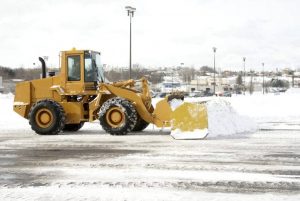
Snow and Ice Can Impact Logistics.
It’s said that time is money, and nowhere is that more true than in a warehouse. Now that winter is here, do you have contingency plans to minimize inbound and outbound shipping delays caused by bad weather?
How Do Winter Weather Delays Impact Your Bottom Line?
Cold temperatures, snow and ice affect all modes of transportation, including trucks, planes and trains. Here are just a few of the ways weather delays can disrupt your operations.
• Generous lead times mean lower shipping costs, but unpredictable weather seriously hampers the ability to provide good lead times.
• As shipments back up, higher volume creates higher demand, which in turn causes higher rates due to routing guide substitutions.
• Late inbound shipments of supplies result in production slowdowns and missed deadlines.
• Accessorials, such as greater fuel consumption and more pick-ups and drop-offs, also drive rates up.
Dealing with Winter Weather Setbacks
• This is no time to pinch pennies. Choose shippers that provide a high level of service to gain an advantage over your competitors.
• Look for consolidation opportunities that you may not have considered previously.
• Examine any links between inbound and outbound transportation strategies that may have some overlap.
• Make sure your budget has built-in wiggle room to allow for weather emergencies.
• The best answers may come from the most unlikely sources. Brainstorm with members of marketing, sales, IT, finance and other company departments for creative solutions.
Industrial Tugs from DJ Products Stand Up to Any Type of Weather
Our battery-powered industrial tugs can easily maneuver carts and heavy equipment across snow, ice and other difficult surfaces. Visit our website for more information.
